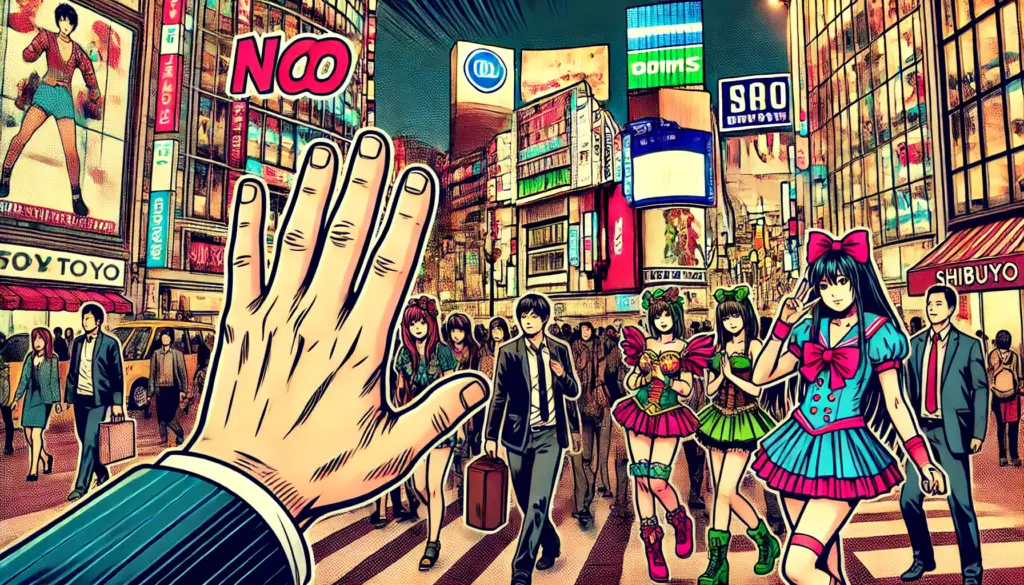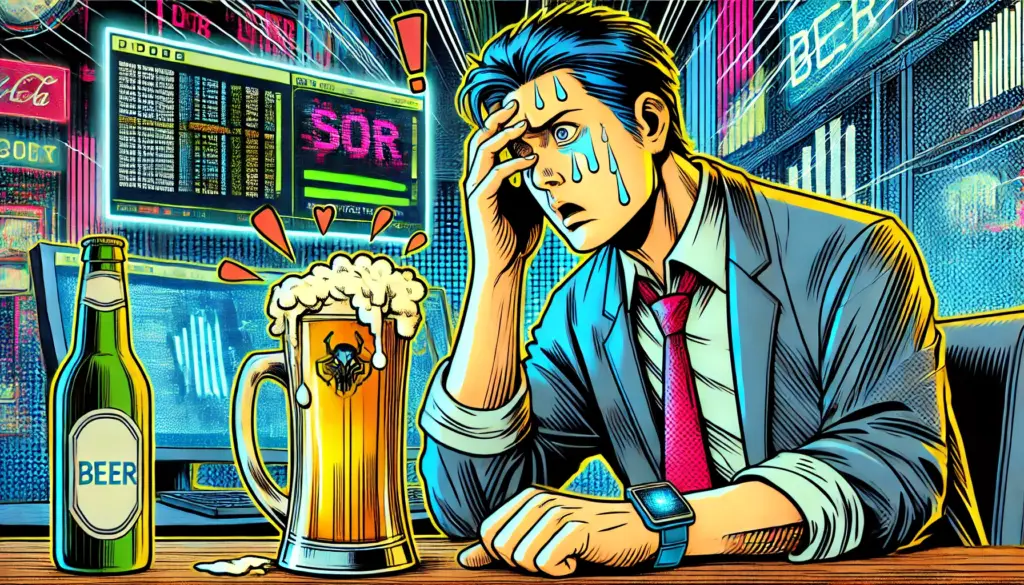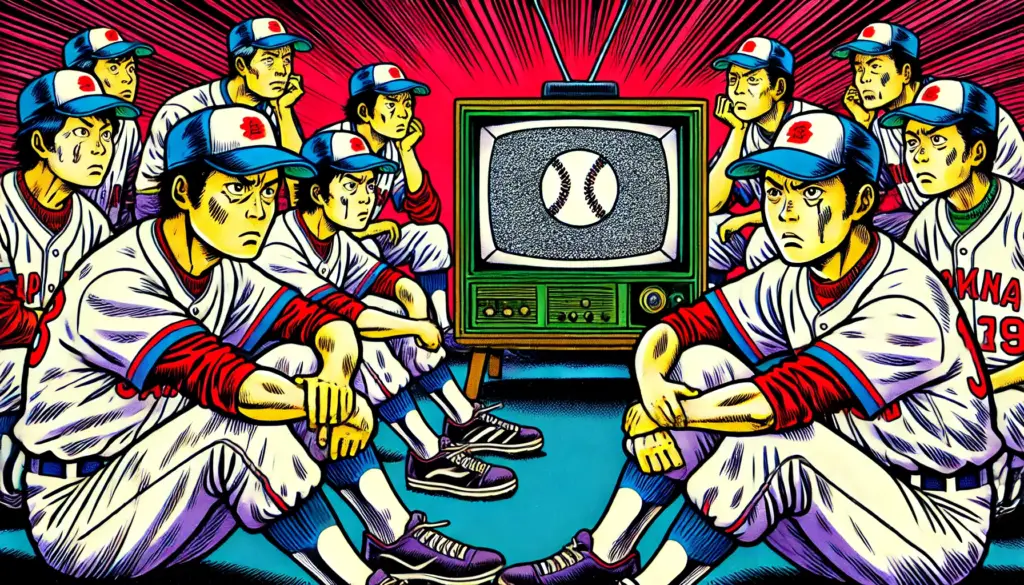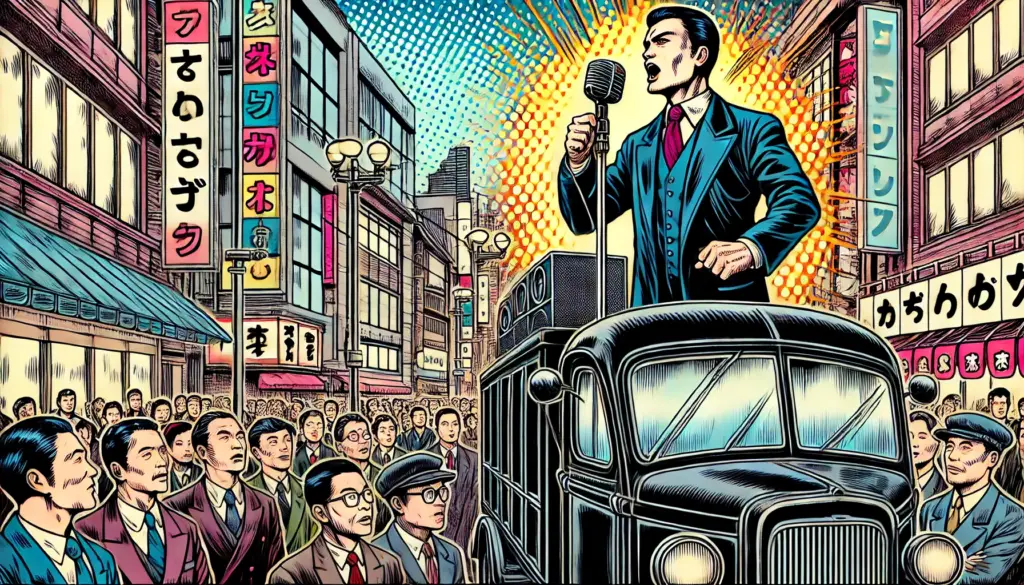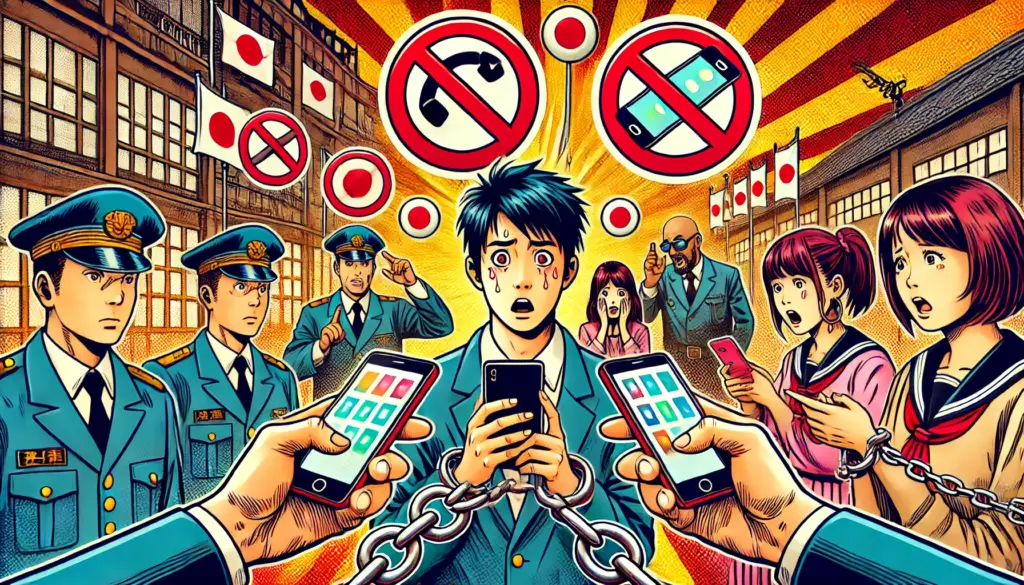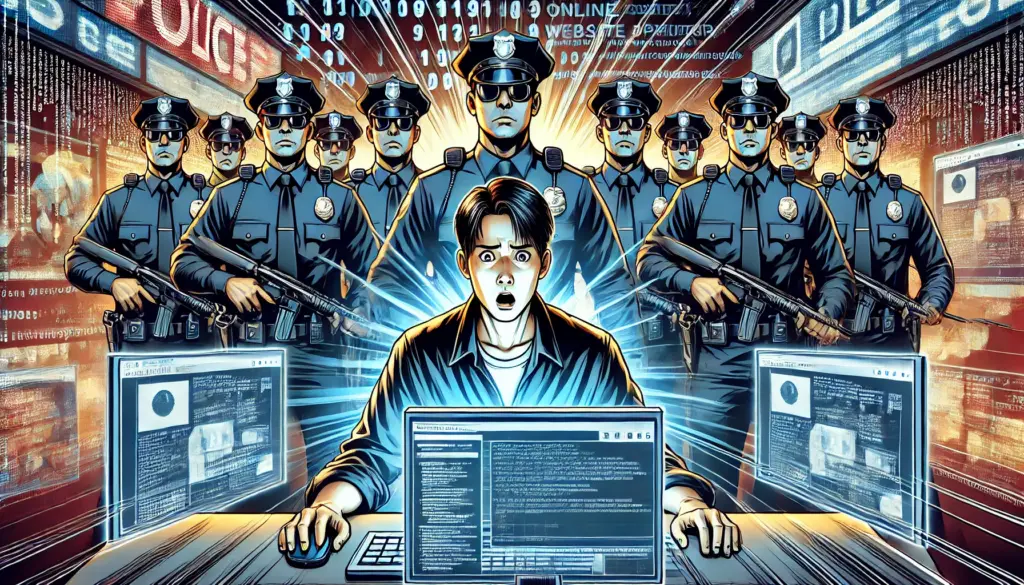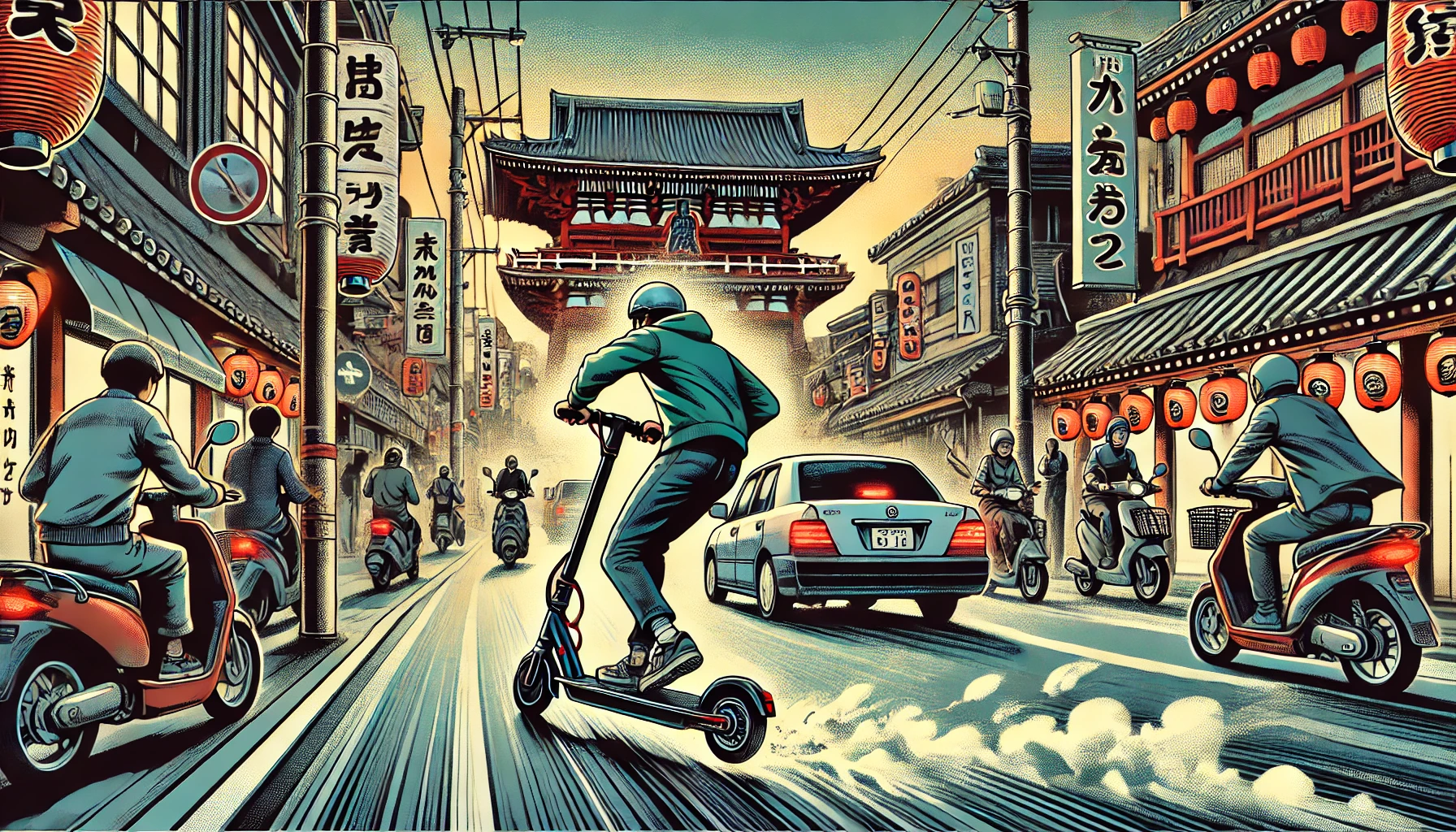
In recent months, Japan has seen a rapid increase in the use of electric kick scooters 🛴, especially in major urban areas like Tokyo and Osaka. While these scooters were initially praised for being eco-friendly and convenient, public dissatisfaction has grown significantly. Complaints on social media and community boards have become louder, prompting frequent warnings and pleas from service providers. So, why is public sentiment turning negative?
🚨 Rise of Public Complaints
Although e-scooter sharing services such as LUUP and others were introduced with great expectations, more and more Japanese users and pedestrians have begun to express frustration. Here’s what’s fueling the backlash:
1. Illegal or Inconsiderate Parking
One of the most cited issues is that users park scooters on sidewalks, at train station exits, or even in front of shops and homes. These actions obstruct pedestrian traffic and can be dangerous for the elderly or visually impaired.
Local governments have received an increasing number of complaints, especially in Shibuya and Shinjuku, where sidewalks are narrow and foot traffic is dense.
2. Silent and Sudden Movement
Because these scooters are almost silent, pedestrians—especially older individuals—may not notice them until the last second. This raises safety concerns, particularly when riders fail to yield at intersections or pedestrian crossings.
3. Underage or Unlicensed Usage
Despite legal rules requiring riders to be 16 years or older, reports of underage or reckless riders continue. Some services even allow unlocking without verifying age, adding fuel to the fire 🔥.
🛡️ Frequent Warnings from Service Operators
In response to rising incidents and social criticism, companies like LUUP have taken steps such as:
- Pushing in-app pop-up reminders to park correctly
- Updating GPS zones to prevent improper parking
- Partnering with city governments to expand designated parking spots
- Releasing public statements and educational campaigns on social media
But many users have criticized these as being “too little, too late.”
👮 Legal Grey Zones and Rapid Deregulation
Until mid-2023, electric scooters were classified similarly to mopeds and required helmets and driver’s licenses. However, after deregulation, scooters under 20 km/h are now treated like bicycles—no license, no helmet needed.
While this made it easier for users to adopt the service, critics argue it opened the door for irresponsible behavior. With enforcement being inconsistent across cities, many feel there’s little deterrent for bad riding habits.
🚧 The Path Forward
Experts and local government officials are pushing for solutions such as:
- AI-powered monitoring systems to detect illegal parking
- Implementing scooter speed limits based on areas (e.g., 10 km/h in shopping streets)
- Introducing a point-based penalty system for riders
There is also talk of possibly reintroducing stricter license requirements or digital IDs for frequent riders.
🤔 Public Trust Is Wearing Thin
What started as an innovation for “last-mile” mobility is now perceived by many as a nuisance. Unless service operators and policymakers can show real improvements in safety, regulation, and enforcement, the public’s trust may continue to erode.
As Japan prepares for international events and a tourism rebound, how the country manages this issue could set a precedent for smart mobility nationwide.



